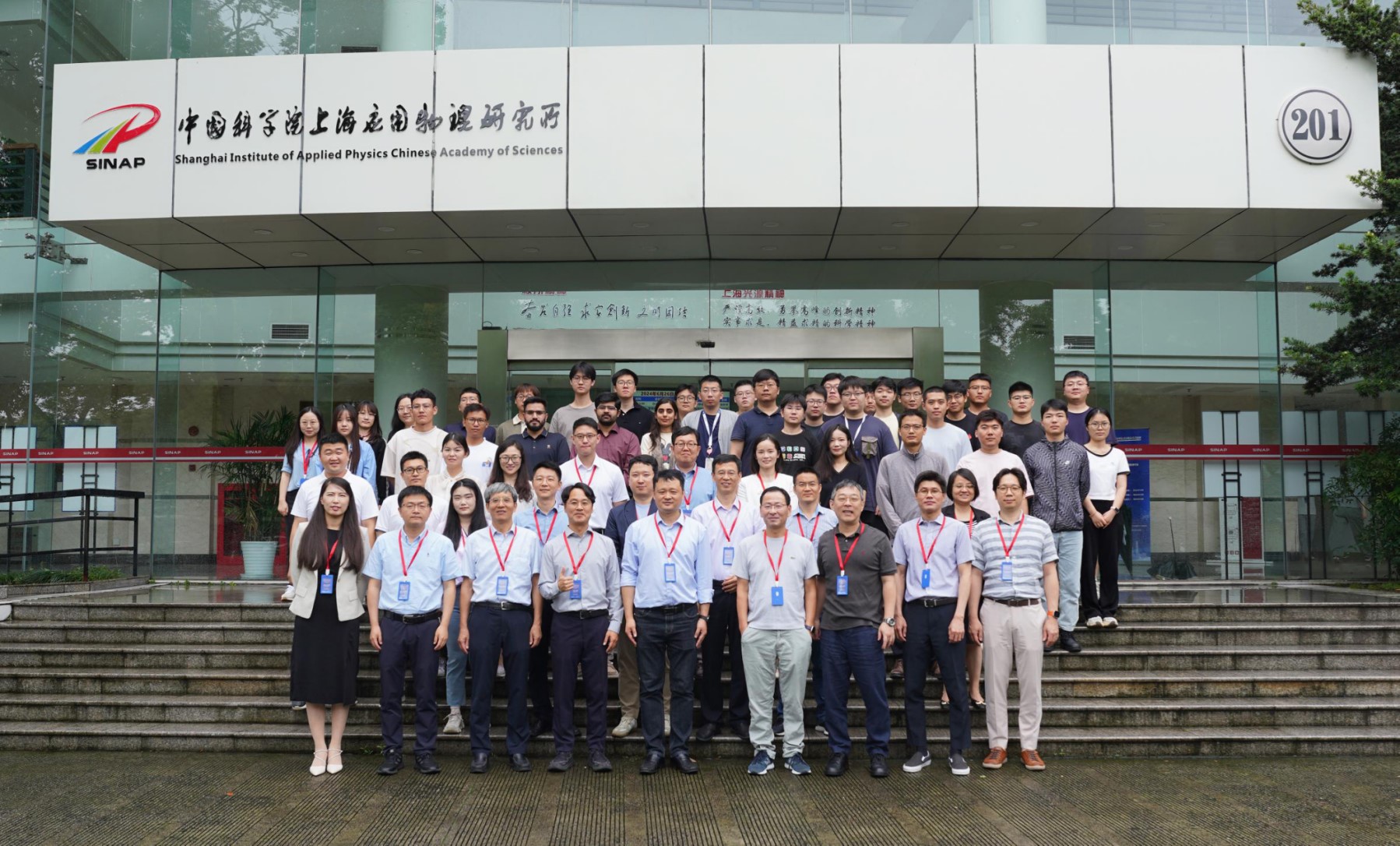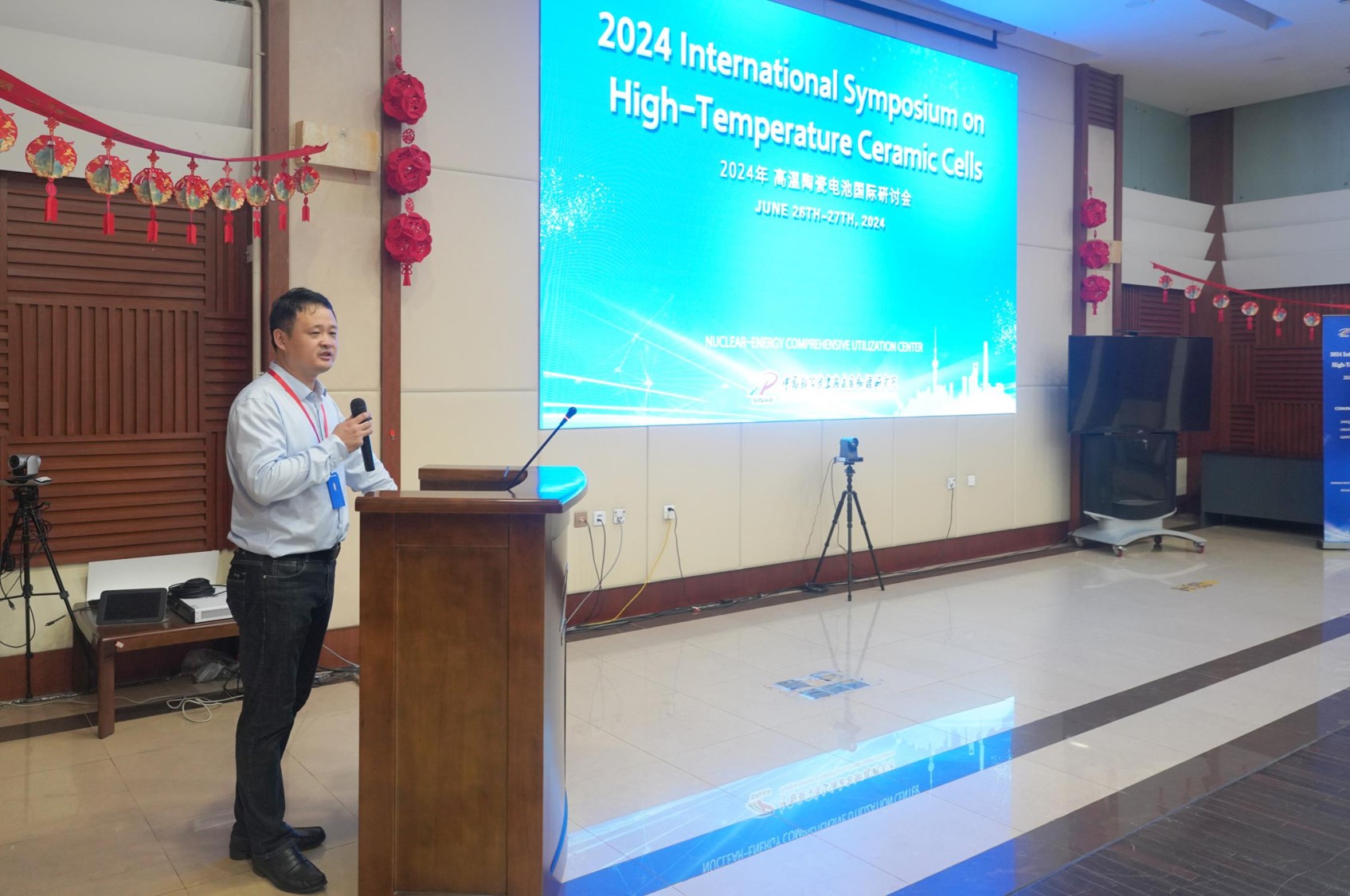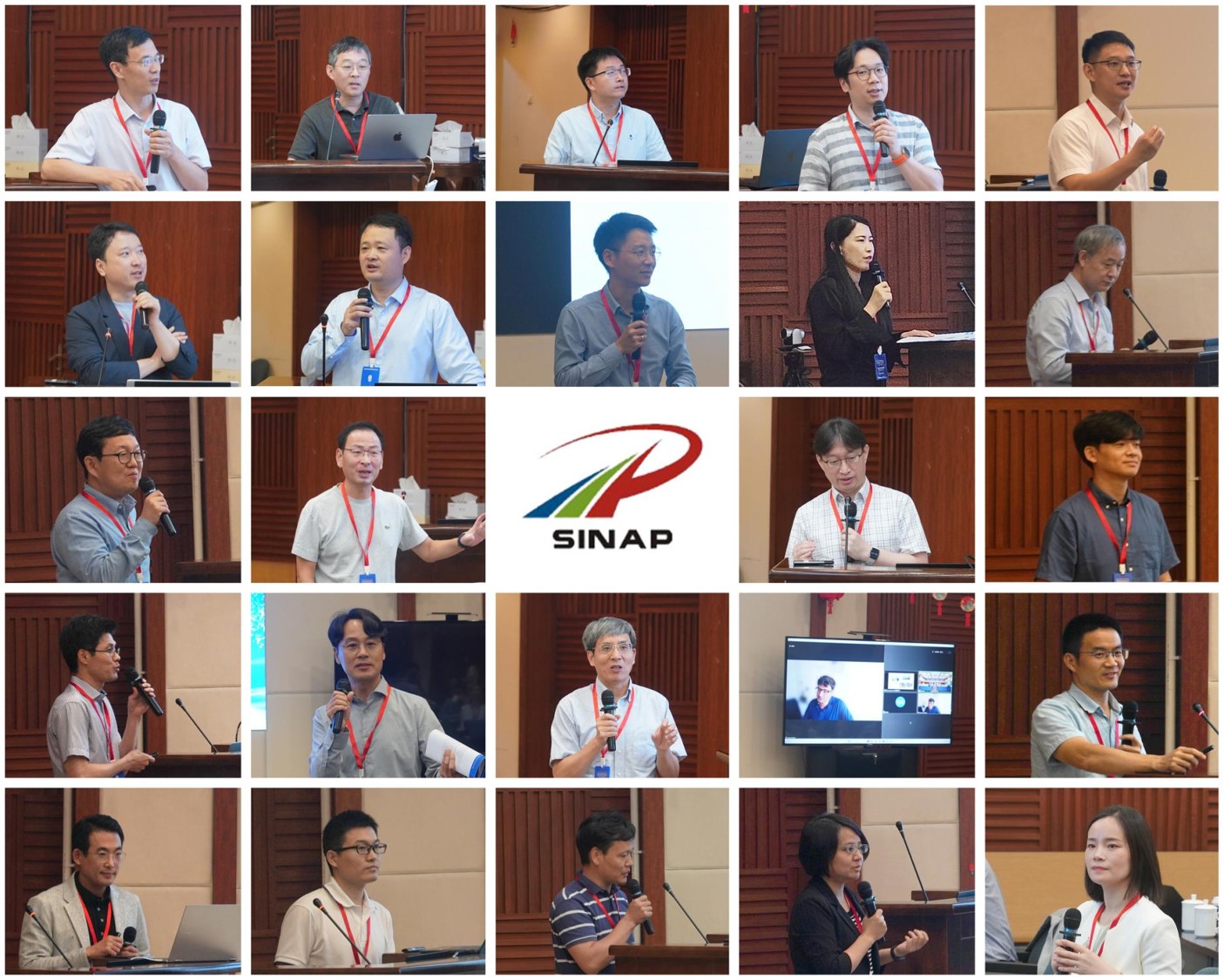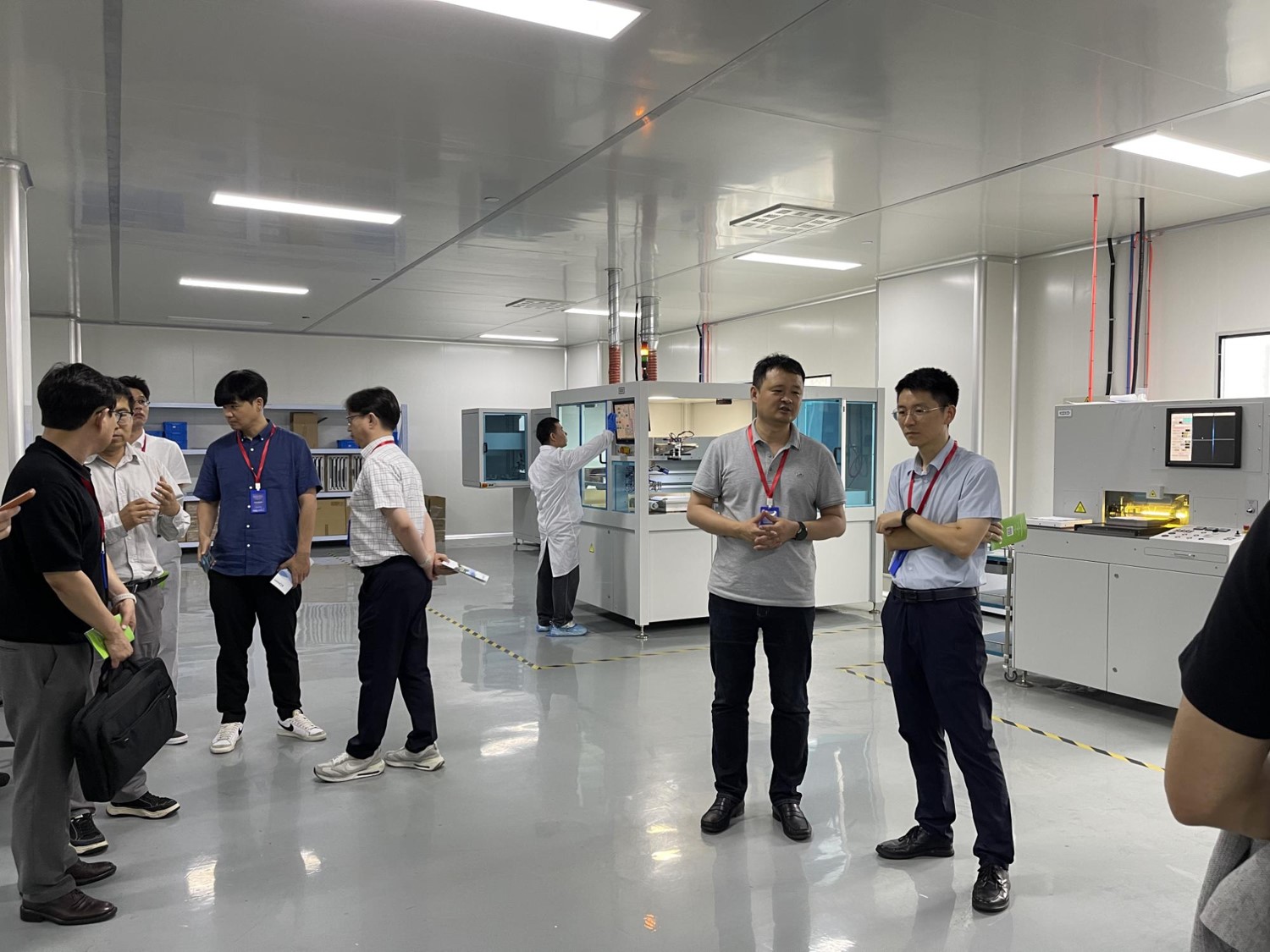






2024 International Symposium on High-Temperature Ceramic Cells was successfully held
The "2024 International Symposium on High-Temperature Ceramic Cells," organized by the Nuclear Energy Comprehensive Utilization Research Center of the Shanghai Institute of Applied Physics (SINAP), Chinese Academy of Sciences, was successfully held at the Jiading campus of SINAP from June 25 to June 27, 2024.

The symposium, themed around the opportunities and challenges in the field of high-temperature ceramic cells, invited renowned experts and scholars from South Korea, Australia, Germany, and China. The conference officially opened on June 26, hosted by Researcher Wang Jianqiang from SINAP. Following the opening ceremony, experts from various countries and domestic conducted academic presentations and discussions, delving into the latest research findings and future directions in the field of high-temperature ceramic cells.

During the symposium, Professor Zongping Shao from Curtin University, Australia, shared new progress in protonic conductors based on grain boundary diffusion. Professor Suk Won Cha from Seoul National University, South Korea, introduced the application of sputtering processes for solid oxide fuel cell fabrication for low-temperature operation. Researcher Guoxiong Wang from the Dalian Institute of Chemical Physics, Chinese Academy of Sciences, discussed metal/perovskite interfaces for CO2 and CH4 electrolysis. Professor Jeong Woo Han from Seoul National University explained how low-temperature exsolution mitigates sintering for enhanced reactivity and stability. Professor Chengxin Li from Xi'an Jiaotong University introduced numerical analysis of segmented-in-series tubular solid oxide fuel cells and their performance. Professor Ikwhang Jang from Wonkwang University shared insights on electrochemical impedance spectroscopy for fast diagnosis using AI. Researcher Jong-Eun Hong from the Korea Institute of Energy Research explored the utilization of ammonia in solid oxide fuel cells. Professor Tao Li from Southeast University introduced the compact SOFC design and optimization for efficient biogas utilization. Researcher Fei Song from the Shanghai Synchrotron Radiation Facility shared applications of high-energy-resolution spectroscopy in energy materials science. Professor Shaorong Wang from China University of Mining and Technology discussed the SOC research activities at CUMT. Vice President Song-ho Choi from MiCo Power, South Korea, shared various technical approaches for SOC applications at MiCo Power. Professor Yan Chen from South China University of Technology discussed the electrochemical conversion of biomass-derived products. Professor Francesco Ciucci from the University of Bayreuth, Germany, shared advancements in cobalt-free air electrodes for protonic ceramic cells. Professor Botter Zhao from South China University of Technology introduced dynamic catalyst design. Researcher Guntae Kim from SINAP shared advancements in metal-CO2 systems for sustainable carbon capture and conversion technologies. Researcher Jianqiang Wang introduced research progress in nuclear energy high-temperature electrolysis for hydrogen production. Researcher Taeho Shin from the Korea Institute of Ceramic Engineering and Technology discussed new strategies for boosting SOC performance. Professor Chusheng Chen from the University of Science and Technology of China shared developments in all-ceramic solid oxide cells for efficient oxygen separation from air. Professor Jaeha Myung from Incheon National University explained controlling the exsolution mechanism for diverse applications. Professor Yu Chen from South China University of Technology discussed efficient catalysts for protonic ceramic fuel cells using ammonia fuel. Professor WooChul Jung from the Korea Advanced Institute of Science and Technology shared insights into ideal surface activity and degradation mechanisms. Editor Hao Ren from Wiley Journal introduced publishing with Wiley In-House Chemistry Journals.

During the conference, the delegates visited Shanghai Hyenergy Technology Co., Ltd., gaining a deeper understanding of China's work in the field of fuel cells.

In the pursuit of sustainable development and clean energy, high-temperature ceramic cell technology plays a significant role in new energy conversion and storage. The successful hosting of the 2024 International Symposium on High-Temperature Ceramic Cells has not only promoted interdisciplinary integration, creating new opportunities for the development of new materials and systems, but also strengthened communication and exchange between China and countries such as South Korea, Australia, and Germany in related fields. The smooth convening of this international symposium is expected to drive the development of industry-academia-research cooperation in the field of high-temperature ceramic cells, deepen resource coordination and integration, expand collaboration points for new technologies, and contribute to energy transition and sustainable development.